This year’s RIAI Irish Architecture Awards show Ireland’s top architectural talent in first-rate form championing affordable materials and finding clever ways to create outdoor spaces in the most challenging of environments.
Of the 144 projects put forward for this year’s awards it was a house in Headford, Co Galway, by Castlebar-based practice Taylor McCarney Architects that captured the hearts of voters for the Public Choice Award.
Using local stone, the kind you see in the surrounding field walls, the building rises up from the walls and has a Corten steel top floor. This is a product that weathers to a gorgeous russet colour and picks up the colour of the cattle in the nearby field and surrounding farm buildings.

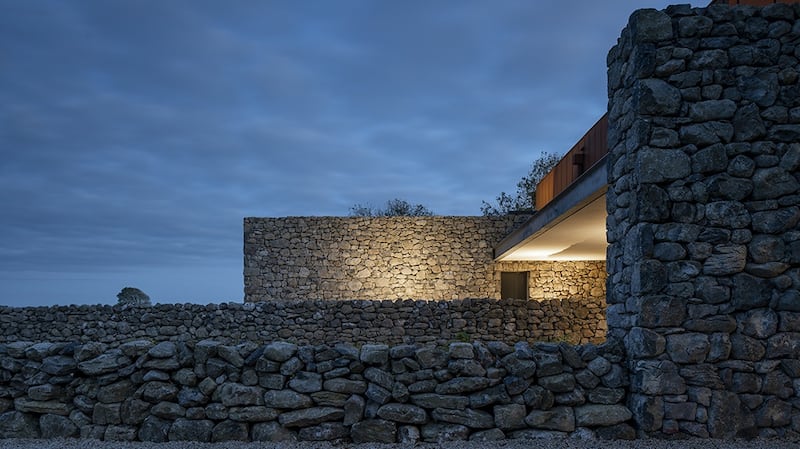
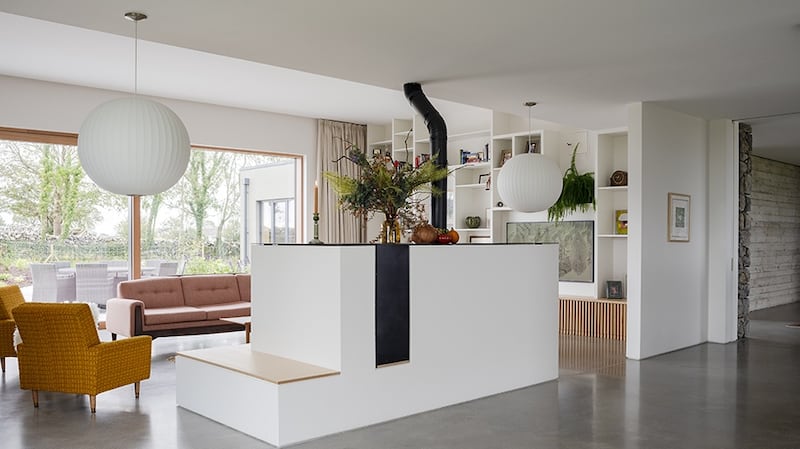
The Corten looks like stainless steel when it is first applied and weathers to the cayenne colour you see here, explains Taylor McCarney principal Eamon McCarney.
“The house was sculpted to frame views, capture sunlight and yet give shelter, not easy given that the views and the wind tend to come from the one direction.” Beneath the steel exterior is a deep layer of insulation that protects from the elements but each elevation will weather differently depending on whether it is on a sheltered or an exposed side.
Garden shed materials make talking point home
The pandemic has made us rethink how we live in our homes and highlighted a desire for decent outdoor spaces. Many of the practices that submitted residential projects to this year’s awards feature clever ways to maximise the use of outside space using affordable materials in creative ways that wow.
With the cost of building materials on the rise one of the most striking structures is by Dougal Sheridan of the well-monikered Landscape in Design (LiD) Architecture, the winner of the Living category. His House for a Gardener uses common or garden shed materials to deliver a talking point home for the green-fingered.
It is how a building fits into the typography of the land that really inspires his work, Sheridan explains. Originally from Brisbane, Australia, he came to Donegal to work with MacGabhann Architects before setting up on his own.
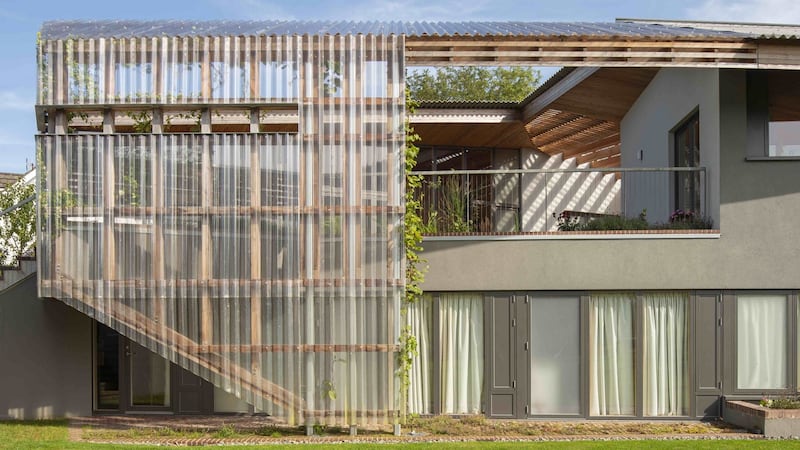
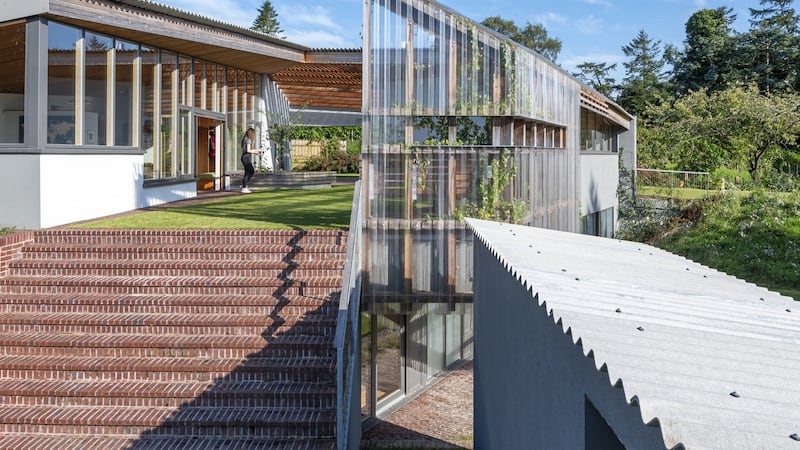
Readers may recall his provocative container house in Ringsend, a design that has won numerous awards for its use of affordable materials. Now with offices in Letterkenny, Co Donegal, Belfast and Berlin it is his strategic use of polycarbonate panels to create sheltered spaces within the garden that makes his design so notable. Corrugated fibre cement panels cover the gently sloping roof. The house, which sits into its sloped site in Hillsborough, a suburb of Belfast, is built around a courtyard and its interior is washed in floods of light. The polycarbonate acts like a very posh polytunnel, creating shelter and warmth and its owners planting has responded with lots of early growth spurts.
The open plan living, dining kitchen is upstairs at entrance level, where glazing on south and western sides gives solar gain while the stretcher bonded-brick floor is warmed by under-floor heating. The brickwork is carried outside into the paving underfoot where grass seed has been scattered to grow a lawn whose edges are blurred but gives you a solid enough base on which to set up a table and chairs without sinking into the ground.
“It’s about using the garden to embellish the interior,” explains Sheridan.
Mesh balustrades and an oasis in the sky
Highly commended in the living category Declan Crowley and Niamh Chambers of Studio Anois added a floor and a roof terrace to a Georgian shell with a shop front and turned it into an A-rated abode, a city centre home that also has valuable outside space.
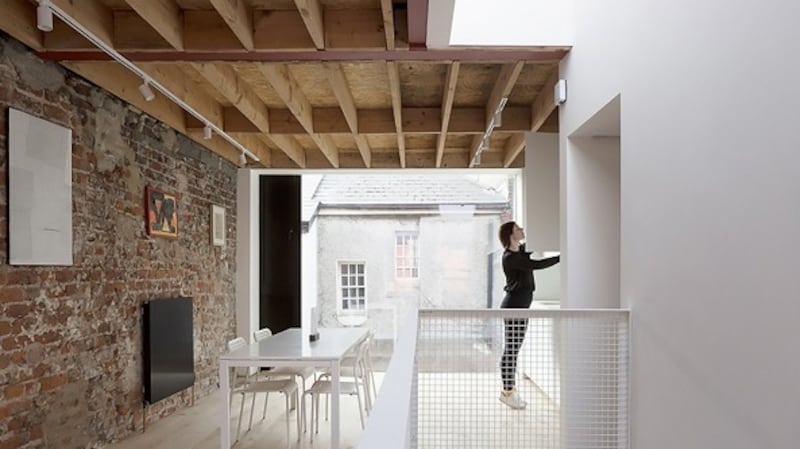
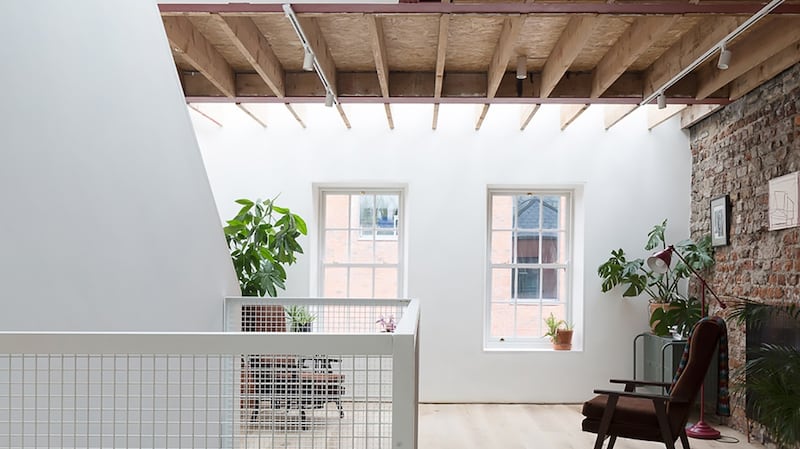
The second floor is the home’s real talking point for it is accessed via a stairs with a steel mesh balustrade, a material not used much in modern residential. The fact that you can see through makes the structure appear light and airy. The property had a flat roof so the practice capitalised on this by building an additional floor and creating a roof terrace where there is sedum planting. Indeed the planting formed part of its planning conditions. While small, only about 6sq m, it forms a real oasis in the sky for a house that previously only had a tiny courtyard, hardly big enough to hold bins.
Brutalism and mid-century modernism in architect’s own home
It’s always interesting to see beyond the hall door of an architect’s own home, how they invest their money, where they spend and how they choose to be more prudent.
On the site of a former two-storey, sheet metal clad shed on Coal Lane, Dublin 7, architect Graham O’Sullivan and his interior designer wife Stephanie, have built a super-private slick steel and glass structure that has been highly commended in the living category of the awards.
“We kept the industrial aesthetic,” he explains. He did this by using concrete throughout so that it has brutalist, bunker-like walls and floors and lots of glazing.
But the detailing here is the homage to the original building in the use of blackened corrugated metal cladding on the first floor. It riffs on the original shed profile but is modern and affordable. Supplied by Tecron, Oranmore, it can be custom coloured and came pre-finished and cut to length.
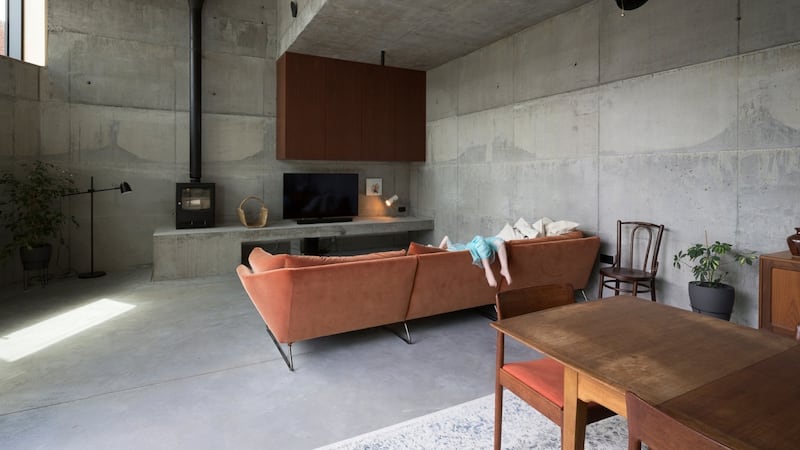
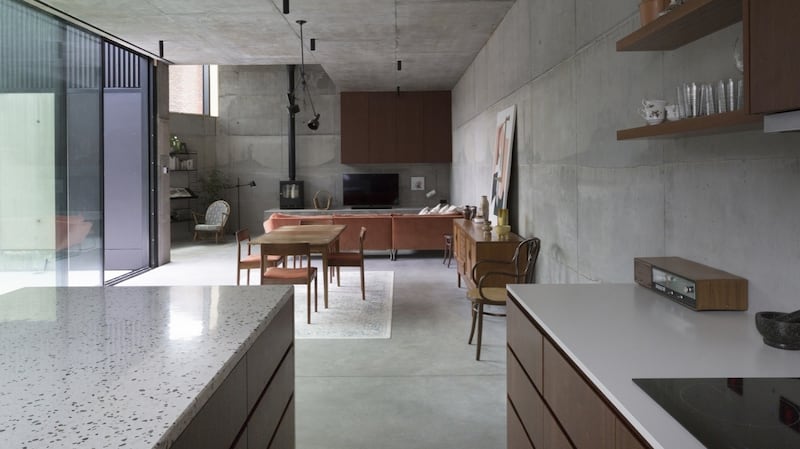
Inside sapele, a hardwood that has a mid-century sensibility, is used in storage units and in the kitchen, which has polished concrete tops by Lynsha Stone.
Feature walls in bedrooms are of pale birch ply while in the main bedroom, which is downstairs, a large artwork by Leah Beggs, was specially commissioned for the space and packs a decorative punch.
Giving Georgian grandeur a gentle polish
The gentle restoration of a grande dame Georgian townhouse on Merrion Square was very much about “repairing its historic fabric, but also about adding new layers and connections – connections between inside and outside, connections between past and present,” explains Fionnuala Hayes, of Howley Hayes Architects. She along with fellow director and Grade 1 conservation architect, James Howley, unpicked works done in the 1970s and 1980s to return the property to its former glory, when its residents stood out on its cast iron balcony and welcomed Queen Victoria to the city. The work has seen the practice highly commended in the adaptation and reuse category of the awards.
Conservation-wise it was in a poor state, Hayes recalls. The basement was insulated using Diathonite, a cork, clay and earth-based lime render that can help control moisture movement.
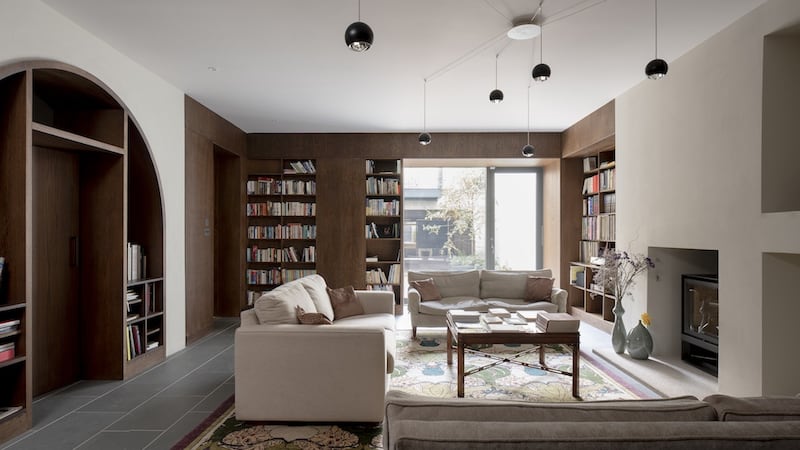
Bulthaup kitchen units feature tall cabinetry rising to dado rail height and conservators removed all the layers of paint from the cornicing and plasterwork, a technique akin to a good facial, Hayes explains. “It now pops and glows.”
By replacing the existing, reinforced concrete structure at the back of the house with a light, contemporary glass structure, the property now connects with its garden and the new build becomes, in effect, a winter garden, she says.
Working with landscape architects Thirty Three Trees they elevated the side return to bring it up to street level so that the terrace now gets the sun even though the back is north-facing. “At its core however, it was about creating a beautiful and comfortable home for our client,” she says.
riai.ie; taylormccarneyarchitects.ie; lid-architecture.net; studioanois.com; howleyhayes.ie
















